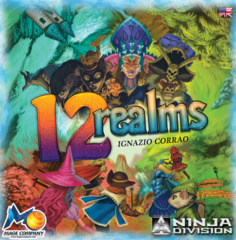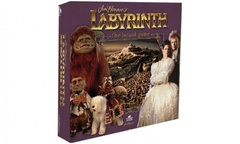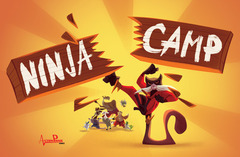
Guilds of London
In Stock
In-Store Pickup OnlyBuy This Product
Description
Overview
London: The biggest, most important and richest city in England in the late medieval and early modern periods.
The Guilds played a major role in the lives of London’s citizens, controlling the way in which trade, manufacturing and business was conducted in the city. The members of the guilds were rich men, who were appointed to the most influential positions in the community and wielded immense civic power. The chief representative of the Guilds became the Lord Mayor of London, and the leading delegates of the Guilds became his Aldermen. Other members of the Guilds were the burghers of London. The Guilds ran the city and controlled its commerce; each had its own Hall and its own Coat of Arms. Representatives of the Guilds met at the Guildhall to discuss the great issues of the day.
In Guilds of London you will place your liverymen in strategic Guilds, building your power base, so that you can achieve the status of Master in many of them. You will also have the opportunity to spread your power into the commercially valuable Ulster or Virginia plantations. Control of each Guild will provide victory points and additional actions that you can exploit, so that you can control the future development of the city.
A Bit More Detail
Players’ resources in Guilds of London are:
- liverymen, represented by cubes in the player’s own colour, and
- Guilds of London cards, which players use to take actions.
The game is played over a varying number of rounds, dependent on the number of players. In a typical turn, a player will use cards to hire liverymen, to move liverymen to/from Guild cards, and to emigrate liverymen to the plantations. At the end of a turn the player will draw a number of cards, which can be boosted by actions during the turn.
The Guilds of London card deck is made up of 21 cards in each of five suits. While every card can be used to hire or move a liveryman, each has special ability available at a cost. Most card abilities are themed to the specific suits: scythes (common guilds) are for hiring, crosses (church guilds) are for card-drawing, compasses (artisan guilds) are for moving, anchors (maritime guilds) are for the plantation and crowns (noble guilds) are special effects.
The guilds, themselves, are represented by colourful square cards that are set out, adjacent to each other, to form the playing board; in the 1-2 player game, all of the Guilds used (24) are set out from the start; in the 3-4 player game, a starting set are placed and more come into play as the game progresses.
Control of a guild is determined at the end of each phase (3 rounds, for 1-2 players) and each round (3-4 players), if a Guild contains a number of pieces equal to or greater than the number shown on the card. This number is between 2 and 7 dependent on the power of the Guild. Winning control of guilds gives players bonus actions, as well as awarding victory points. The Beadle (a neutral piece) can also be found amongst the Guilds and his presence may help players to win control of the Guild he is visiting.
Players can also earn coin cards that give bonuses at the end of the game.
Players can take as many actions as they like in one turn, as long as they have the cards and resources! The order in which players take their turns is important, because control of Guilds is worked out at the end of a round (3-4)/phase (1-2) when all players have had a 1/3 turn(s). The player with the most victory points at the start of the turn is the starting player for that round, and the other players take turns in descending order of victory points.
At the end of every three rounds (called a ‘phase’) players also count up their liverymen in the plantations; the first and second placed players receive a bonus. In the 3-4 player version, further Guild cards are placed so that the board grows during the game.
At the end of the game, players receive bonus points for their coin cards to add to the victory points gained during play. The player with the most victory points is the winner.
** PLEASE NOTE: THE EARLY IMAGES ARE FROM THE PLAYTEST COPIES **
Extra Info
- BGID: 134157
- Category: Medieval
- Time: 45 minutes
- Designer: Tony Boydell
- Year: 2013
- Family: Cities: London
- Mechanics: Area Control / Area Influence, Hand Management
- Ages: 10 and up
- Publisher: Surprised Stare Games Ltd








